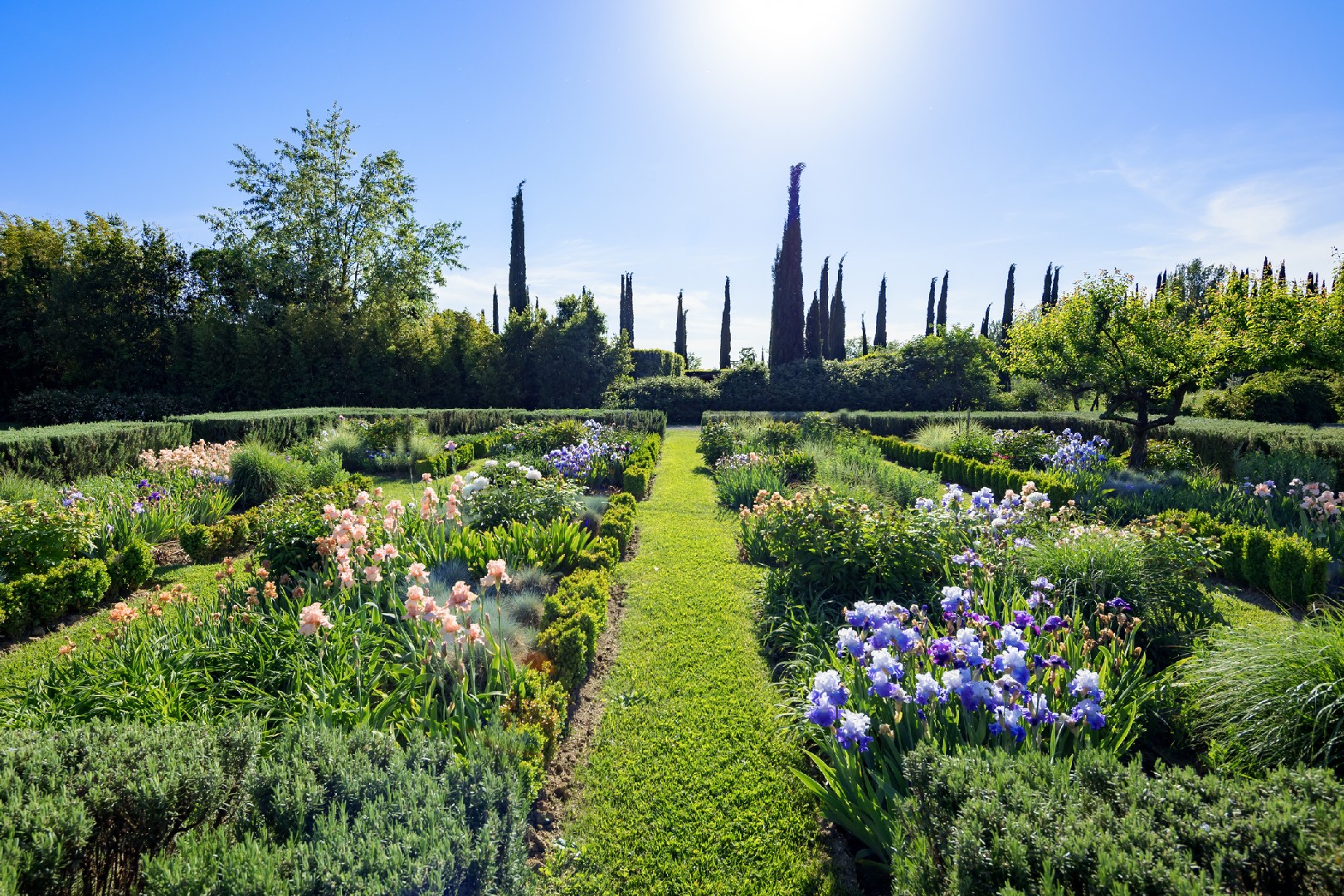![Rectangle]()
Designing Your Summer Garden: Practical Tips
When it comes to designing a vibrant summer garden, there are a few factors that you need to consider. One of the most important factors is the amount of sunlight that your garden will receive. Sun-loving plants thrive in full sun, so it's essential to position your garden in a location that receives maximum sun exposure. Look for areas in your yard that are not shaded by trees, buildings, or other structures. This will ensure that your plants get the full benefit of the sun's rays throughout the day.
Once you've found the perfect spot for your garden, it's time to think about the layout and planting ideas. One effective design technique is to create different levels or layers in your garden. This can be achieved by using raised beds, hanging baskets, or planters of varying heights. By incorporating different levels, you can add interest and depth to your garden, making it more visually appealing.
When choosing plants for your summer garden, opt for varieties that are known for their love of sun. Some popular options include sunflowers, daisies, marigolds, and lavender. These plants not only thrive in full sun but also add vibrant colors and pleasant scents to your garden. Take into consideration the mature size of the plants when planning your layout to ensure that they have enough space to grow and spread out.
In addition to positioning and planting, maintenance and watering are crucial aspects of keeping your summer garden healthy and thriving. Watering is especially important during the hot summer months when plants are more prone to dry out. To ensure that your plants receive adequate water, it's best to water them deeply rather than shallowly. This encourages the roots to grow deep into the soil, making the plants more resilient to heat and drought.
Mulching is another important maintenance practice that helps conserve moisture and regulate soil temperatures in your garden. Apply a layer of organic mulch, such as wood chips or straw, around your plants to help retain moisture in the soil and prevent weed growth. Mulch also acts as a natural insulator, keeping the soil cooler in hot weather and warmer in cooler weather.
Regular pruning and deadheading are also essential tasks to keep your summer garden looking its best. Pruning helps promote healthy growth and shape your plants, while deadheading encourages continuous blooming by removing spent flowers. Both practices are best done in the early morning or late afternoon when the sun is less intense.
In conclusion, designing a vibrant summer garden requires careful consideration of factors such as sun exposure, layout, plant selection, and maintenance. By positioning your garden in a sun-drenched spot, incorporating different levels, and choosing sun-loving plants, you can create a visually stunning and flourishing garden. Don't forget to water deeply, mulch, and regularly maintain your garden to ensure its health and longevity. With these practical tips in mind, you'll be well on your way to creating a garden spectacle that will be the envy of your neighborhood.





